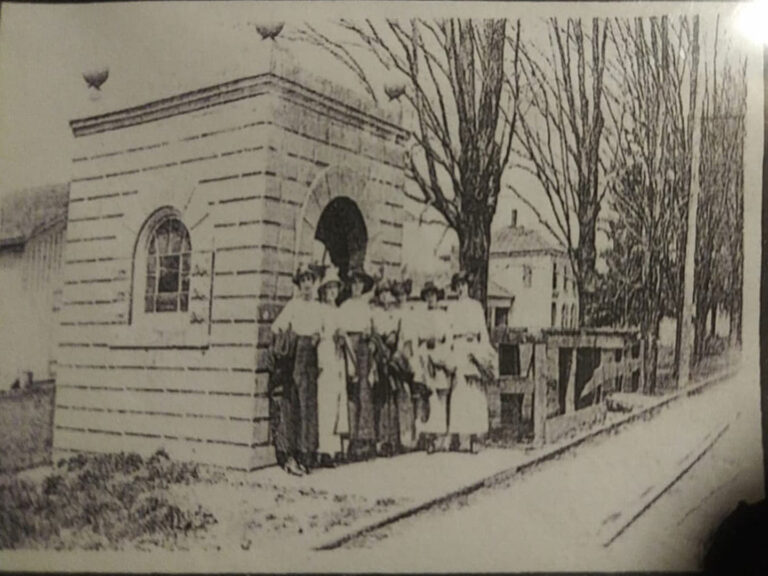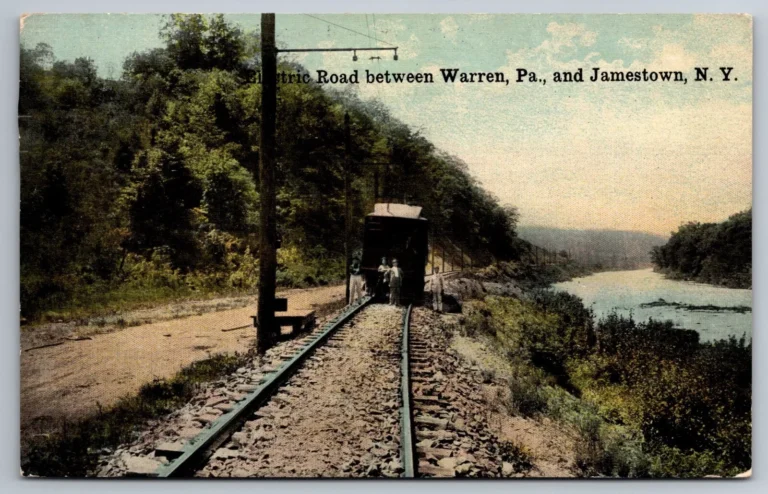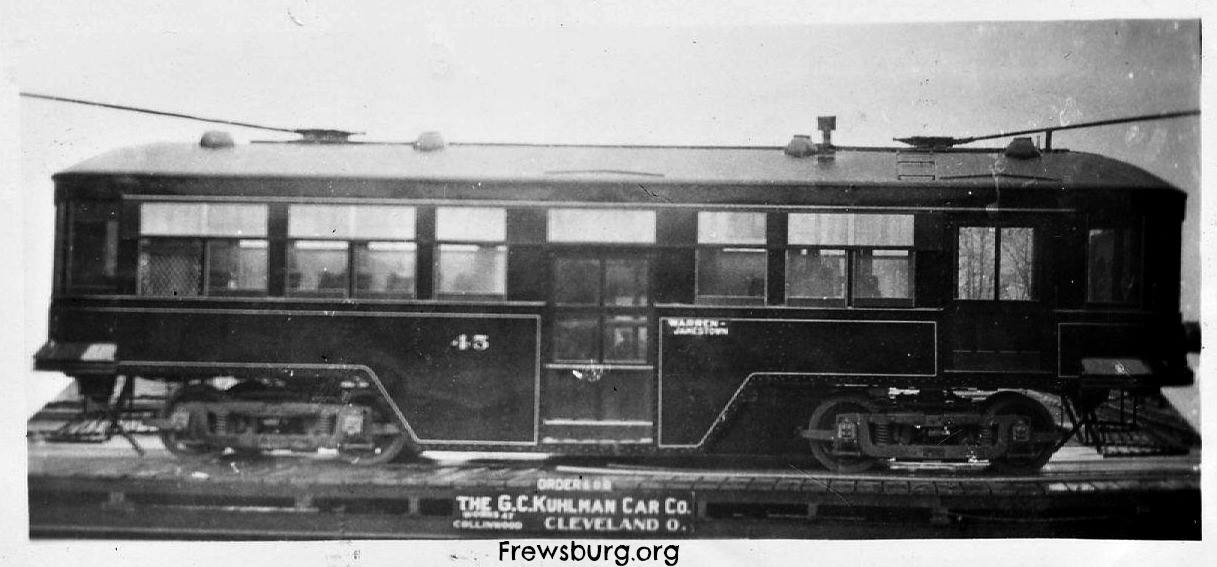
The Warren and Jamestown Street Railway operated a 22 mile line between Jamestown, NY and Warren, PA. The company was incorporated January 15, 1904 from the consolidation of the Warren and Jamestown Electric Railroad (chartered in 1902) and the Warren and Jamestown Street Railway of Pennsylvania. The road was built and run by the Siggins brothers of Warren, PA, who also ran the Warren Street Railway. Operations began September 1, 1905.
In Jamestown, the line had its terminus in front of the Humphrey House Hotel on South Main Street. The line ran through the city via Harrison Street, Camp Street, and Foote Avenue. The track ran through Frewsburg, Russell PA, and finally ended in Warren. Much of the right-of-way ran along the roadside, including city streets in Jamestown and Route 62 between Warren and Jamestown.
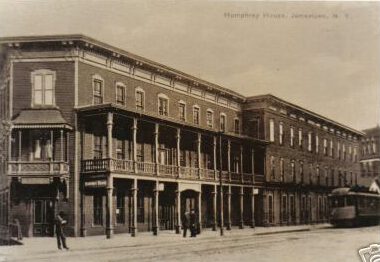
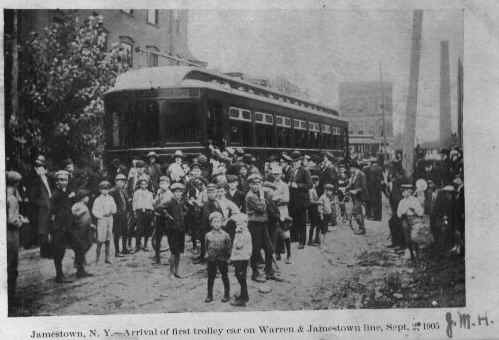
In Warren, the line connected with the Warren Street Railway which extended south of Warren to Sheffield. The two companies were allied and shared repair shops in Warren. According to the November 1907 “Electric Railway Directory and Buyer’s Guide” the Warren and Jamestown Street Railway had six cars and operated 20 miles of track. The officers of the company were:
David H. Siggins – President and General Manager
Homer M. Preston – Vice President
Sam Q. Smith – Sec. Superintendent and Purchasing Agent
J. M. Sigfried – Treasurer and Auditor
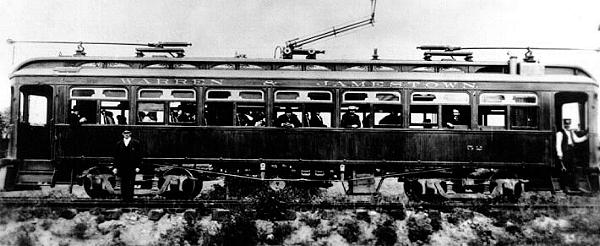
Originally, the line had hourly service to Warren with a second local car to Frewsburg which arrived and departed Jamestown at about the same time as the Warren car. Residents along Foote Avenue and in Frewsburg and Stillwater used the line as their local transportation. The company had a reciprocal agreement with the Jamestown Street Railway which allowed passengers to transfer between the two companies. The Frewsburg local train was discontinued in 1924.
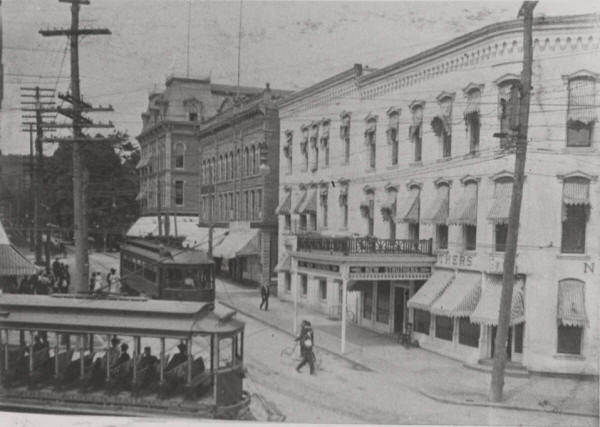
On April 10, 1924 the Warren and Jamestown Street Railway, the Warren Street Railway, and the Warren-Sheffield line were sold to the Penn Public Service Corporation.
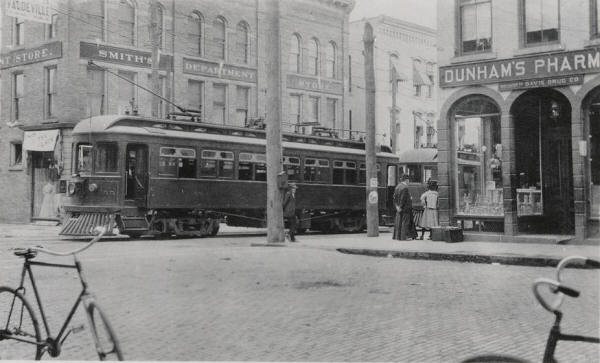
Operations ceased between Warren and Sheffield on April 1, 1928 and between Warren and Jamestown December 2, 1929. At its end the line had some one-man cars which were repossessed by their builder, G. C. Kuhlman.
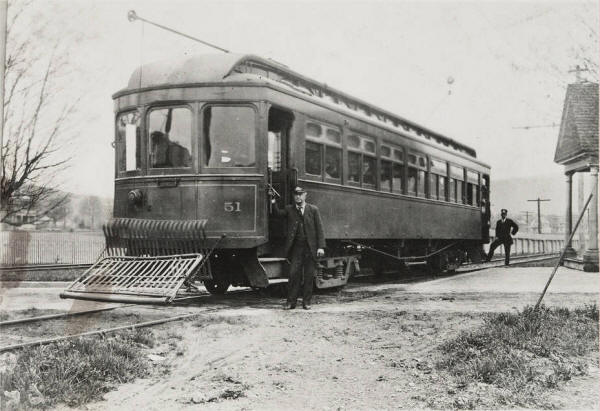
The powerhouse was in Stoneham PA, five miles south of Warren, where horizontal gas engines using natural gas produced power cheaply. Initially power was a single phase 3300 volt alternating current except for in the terminal cities where it was converted to 550 volts. This arrangement lasted until 1911 when the line was converted to the standard 600 volt direct current.
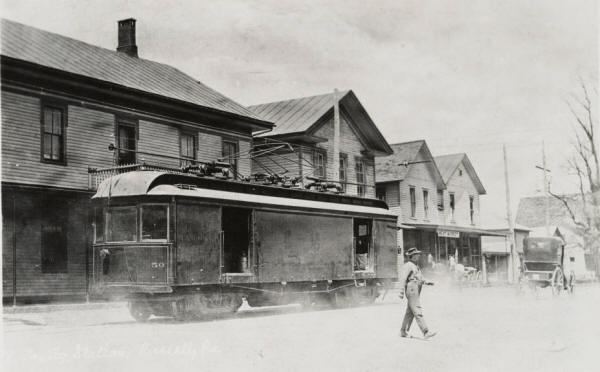
Initial rolling stock was a number of St. Louis built heavyweight wooden cars. Some of these were destroyed in a carbarn fire and were replaced by more utilitarian second-hand equipment. In 1907 the company purchased Express car #50 and car #52. In 1916 a steel “stepless” car center-entrance interurban car was purchased from Kuhlman. This car was 48’11” long, 8’6″ wide, 12’2″ high, seated 47, had Brill 27MCB2x trucks with a 75″ wheelbase and 33″ wheels. The car had 4 fifty HP motors, K35 control, and was capable of double-end operation. A later order from Kuhlman included two lightweight combination baggage passenger low floor cars of a conventional floor plan.
The line was very steep with a number of 5% grades, including one a mile long. Despite the grades, the line had an average operating speed of 50 MPH.
Photographs
Clippings
Learn More
- Wikipedia. “Warren and Jamestown Street Railway“
- Facebook. Post on the Warren and Jamestown Street Railway in the “Railroad Photos and Memories, Western NY and PA” group
- Ahlstrom, Harold. 1974. Jamestown and Chautauqua Lake Trolleys. Fenton Historical Society.
- McGraw Publishing Company. 1907. Electric Railway Directory and Buyer’s Guide. New York, NY.
- Reifschneider, Felix E. 1949. Interurbans of the Empire State
- Springirth, Kenneth. Greater Erie Trolleys. Mount Pleasant, SC: Arcadia Publishing, 2006.
- Warren Library Association. Historic Photograph Collection of The Warren Library Association. http://www.accesspadr.org/pwala/index.htm










